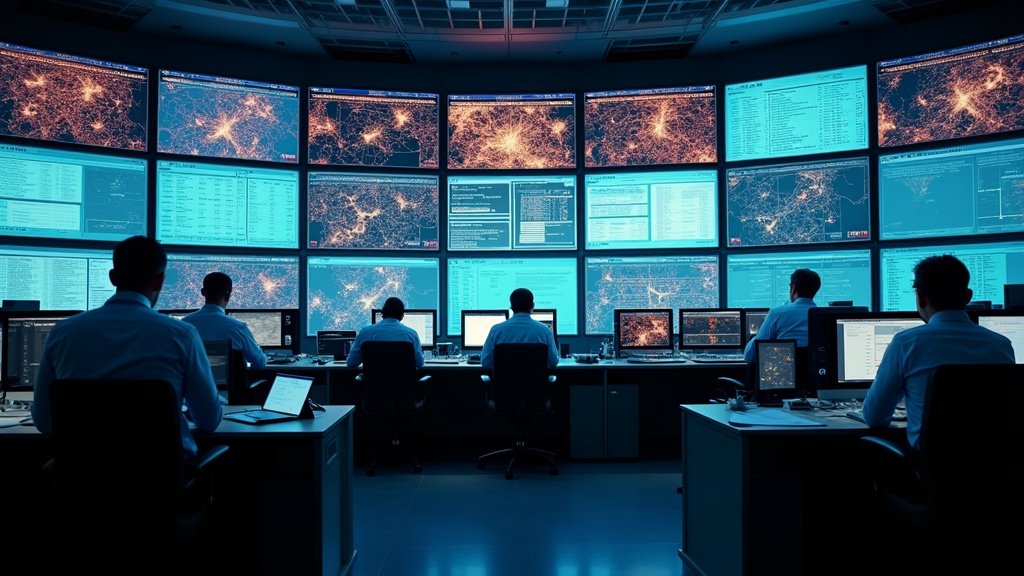An unusual confluence of cultural fascination and real-world seismic activity has intensified public anxiety across Japan as a widely discussed prophecy predicting a major disaster on July 5, 2025, draws near.
The source of this heightened apprehension is a viral 2021 manga titled ‘The Future I Saw‘ by artist Ryo Tatsuki, who has been dubbed “Japan’s Baba Vanga” due to claims of her past predictions proving eerily accurate. The manga, which is a 2021 reprint of a work originally published in 1999, explicitly foretells a catastrophic event occurring on this specific date.
The Prophecy’s Genesis
Ryo Tatsuki’s work gained significant attention following the 2021 reprint, primarily because of her reputation for having allegedly foreseen several major global events. Among the predictions attributed to her and cited in discussions surrounding the manga are the 2011 Kobe earthquake, the deaths of prominent figures like Princess Diana and Freddie Mercury, and the onset of the COVID-19 pandemic. While the mechanisms or details of these alleged predictions are often vaguely described, their claimed accuracy in hindsight has fueled belief in the more specific July 5, 2025, forecast, particularly within online communities and among followers of occult or prophetic narratives.
The specific prediction for July 5, 2025, as depicted in the manga, reportedly concerns a massive seismic event or other large-scale natural disaster striking Japan. Given Japan’s location in one of the world’s most seismically active zones, the prospect of such an event is already a constant, though usually understated, concern for the populace. The manga’s precise date, however, transforms this general awareness into a focal point of specific, date-driven worry for some.
Recent Seismic Activity Amplifies Fear
This pre-existing anxiety, driven by the popular manga’s prediction, was dramatically amplified by a recent real-world seismic event. On a Thursday, just days before the predicted date in 2025, a 5.5 magnitude earthquake struck southwestern Japan.
The tremor occurred near the Tokara Islands in Kagoshima Prefecture. While a 5.5 magnitude quake is not uncommon in the region, its timing, coupled with the widespread discussion of the July 5 prophecy, immediately drew connections in the public consciousness. The earthquake registered a ‘6-lower’ intensity level on Japan’s 7-point seismic scale on Akuseki Island, indicating significant shaking locally, capable of causing damage, even without being a massive magnitude quake.
Critically, no tsunami warning was issued following this earthquake, a standard procedure after significant seismic events in coastal areas of Japan. However, the absence of a tsunami threat did little to quell the rising fear; instead, the simple fact that an earthquake of notable intensity occurred in Japan just days before the widely publicized predicted disaster date was enough to significantly escalate public anxiety.
Public Reaction and Online Discourse
The immediate aftermath of the Thursday earthquake saw a rapid surge in online discussion linking the natural event to Ryo Tatsuki’s prophecy. Social media platforms became breeding grounds for fear and speculation, with hashtags like #July5Disaster reportedly trending as users shared anxieties and discussed the perceived correlation between the recent quake and the impending date.
This online panic has spilled over into tangible impacts, reportedly affecting areas such as tourism as some individuals reconsider travel plans or express apprehension about being in Japan around the predicted date. The phenomenon highlights the power of viral information and popular culture to intersect with and influence public perception of risk, even in the absence of official warnings or scientific basis for the predicted event.
Official Response and Call for Calm
In response to the growing public unease, authorities and experts have reiterated calls for calm and rational thinking. Officials are urging the public to remain grounded in scientific information and official advisories regarding seismic activity and disaster preparedness, rather than succumbing to speculation driven by prophecies or online rumors.
Emergency services and meteorological agencies in Japan continuously monitor seismic activity and provide real-time, data-driven information and warnings. The official stance emphasizes that predictions like those found in popular culture lack scientific validity and should not be the basis for panic or altered behavior. Preparedness measures, such as having emergency kits and understanding evacuation procedures, are advised based on genuine seismic risk assessments, not specific dates tied to prophecies.
Context: Japan’s Seismic Reality
Japan is situated in the Pacific Ring of Fire, making it one of the most earthquake-prone countries globally. The nation has developed sophisticated early warning systems and stringent building codes to mitigate the impact of frequent seismic events. While acknowledging this inherent risk is crucial for preparedness, officials consistently underscore that reliable information comes from seismologists and governmental bodies, not from speculative or prophetic sources.
The juxtaposition of a nation well-versed in scientific disaster preparedness with a public captivated by cultural prophecies creates a complex environment. The recent earthquake near the Tokara Islands serves as a stark reminder of Japan’s geological reality, inadvertently lending a sense of urgency to the mystical prediction for those predisposed to believe.
Conclusion
As July 5, 2025, approaches, the blend of a compelling prophecy, an artist’s alleged track record, and the real-world jolt of a recent earthquake has created a palpable atmosphere of anxiety in parts of Japan. While online discussions trend and fears are amplified, authorities continue to advocate for a reliance on science, data, and established preparedness measures. The situation underscores the delicate balance between cultural narratives, psychological reactions to uncertainty, and the critical need for factual, authoritative information in navigating the ever-present natural risks faced by the nation.





